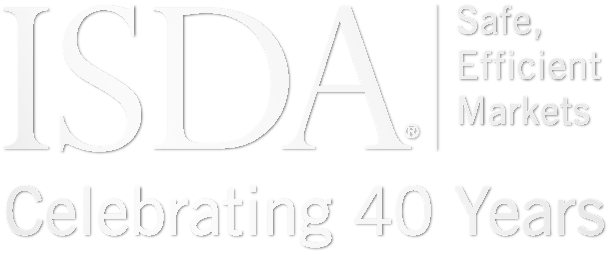The funds under management (FUM) of Australian superannuation funds have grown substantially since legislation was introduced in 1992 requiring employer contributions. Over the past five years, total FUM has climbed from approximately A$2.3 trillion ($1.44 trillion) to A$4.1 trillion and is expected to continue growing for the next 10-20 years before stabilizing at approximately A$9 trillion.
The Australian market has limited available investment opportunities, and these tend to be concentrated in the banking and mining sectors. As a result, many funds have looked to non-Australian markets for assets to complement and diversify their portfolios.
Superannuation funds have increasingly used derivatives to cost-effectively and efficiently manage their non-Australian-dollar currency and investment exposures. According to the Reserve Bank of Australia (RBA), outstanding derivatives positions by Australian superannuation funds are estimated to stand at approximately A$900 billion, mainly in FX derivatives.
As a result, the Australian Prudential Regulation Authority, the Australian Securities and Investments Commission and the RBA are increasingly focusing on the superannuation sector and have turned their attention to systemic risks and operational capacity relating to derivatives.
This report looks at how funds can navigate the regulatory requirements and effectively manage their use of derivatives. This includes:
- Reviewing and documenting the operational, liquidity and regulatory issues associated with increased use of derivatives to manage non-Australian-dollar exposures.
- Investigating the systems, processes and standards to manage derivatives exposures.
- Examining the range of derivatives that can be used to hedge offshore investments.
- Planning for increased use of derivatives and the impact this will have, including on access to
markets. - Maintaining and increasing proactive interactions with regulators and other parties, such as
central banks and industry associations. - Adopting established technology solutions to increase efficiency and reduce operational and
liquidity risks.
Click on the attached PDF to read the full report.
Documents (1) for Australian Superannuation Funds Current and Future Uses of Derivatives
Latest
Future Path - IQ December 2025
At the start of ISDA’s 40th anniversary year, IQ convened the pioneers of the association to reflect on how a desperate need for standardization in the early days of the derivatives market brought dealers together to develop a dictionary of...
Steps to a Vibrant Derivatives Market: SOM Remarks
Steps to a Vibrant and Resilient Derivatives Market December 4, 2025 Remarks at the Mediterranean Partnership of Securities Regulators Scott O’Malia ISDA Chief Executive Officer Good afternoon and thank you to the Mediterranean Partnership of Securities Regulators (MPSR) for...
ISDA Response to BoE on Gilt Market Resilience
On November 28, ISDA responded to the Bank of England’s discussion paper on gilt market resilience. ISDA encourages the Bank of England, before introducing any significant policy changes that would affect the functioning of the gilt repo market, to consider...
Addressing Termination Troubles
When Enron announced a shock $618 million loss on October 16, 2001, it took a further 47 days until it filed for bankruptcy. For Bear Stearns, it took 266 days between its bailout of a structured credit fund run by...



